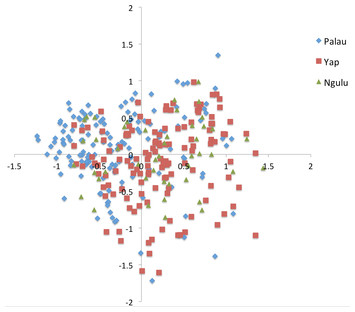

The field of landscape genomics has undergone rapid development since the term “landscape genetics” was first conceived less than two decades ago. Since new updates include the addition of plug-ins for genotype-environment association analyses, we limit the observations presented here to the common tools used for landscape genomics analyses. The comprehensive nature of GenoDive coupled with its unique capability to handle both diploid and polyploid data also provides an opportunity to reflect on the unevenness of resources available for the analysis of polyploid versus diploid data. In this issue of Molecular Ecology Resources, Meirmans (2020) presents an updated version of GenoDive, a program with a toolkit that provides users with the opportunity to stay a while and delve deeper into the diverse portfolio of information provided by a genomic data set.
#Genodive format free#
In light of this, we often explore our data like free divers – filling our lungs with air and descending for a short period of time into one part of our data set before resurfacing, reformatting, and preparing for our next analysis. A diverse community of scientists has developed a broad array of analytical resources spanning command line to graphical user interface across Linux, Mac, and Windows environments and a dizzying array of program-specific input formats. As molecular ecologists, we have by necessity become adept at working across computational platforms.


 0 kommentar(er)
0 kommentar(er)
